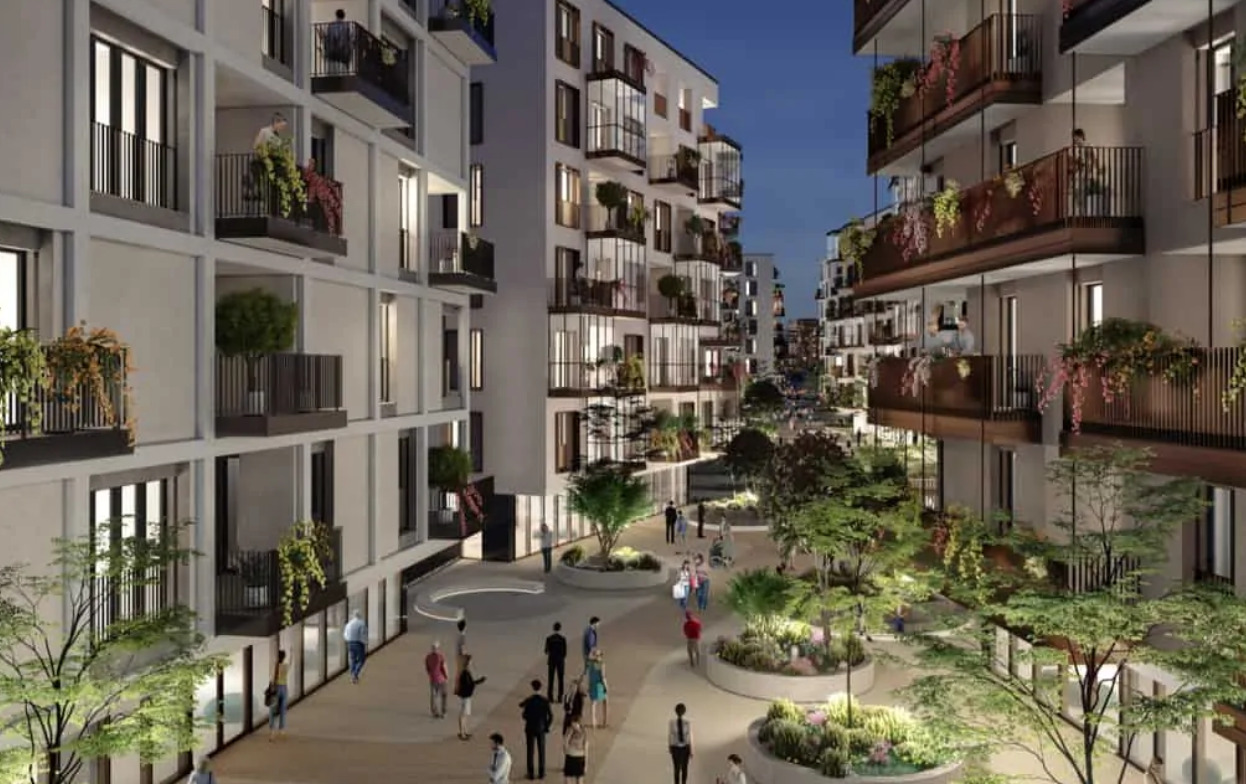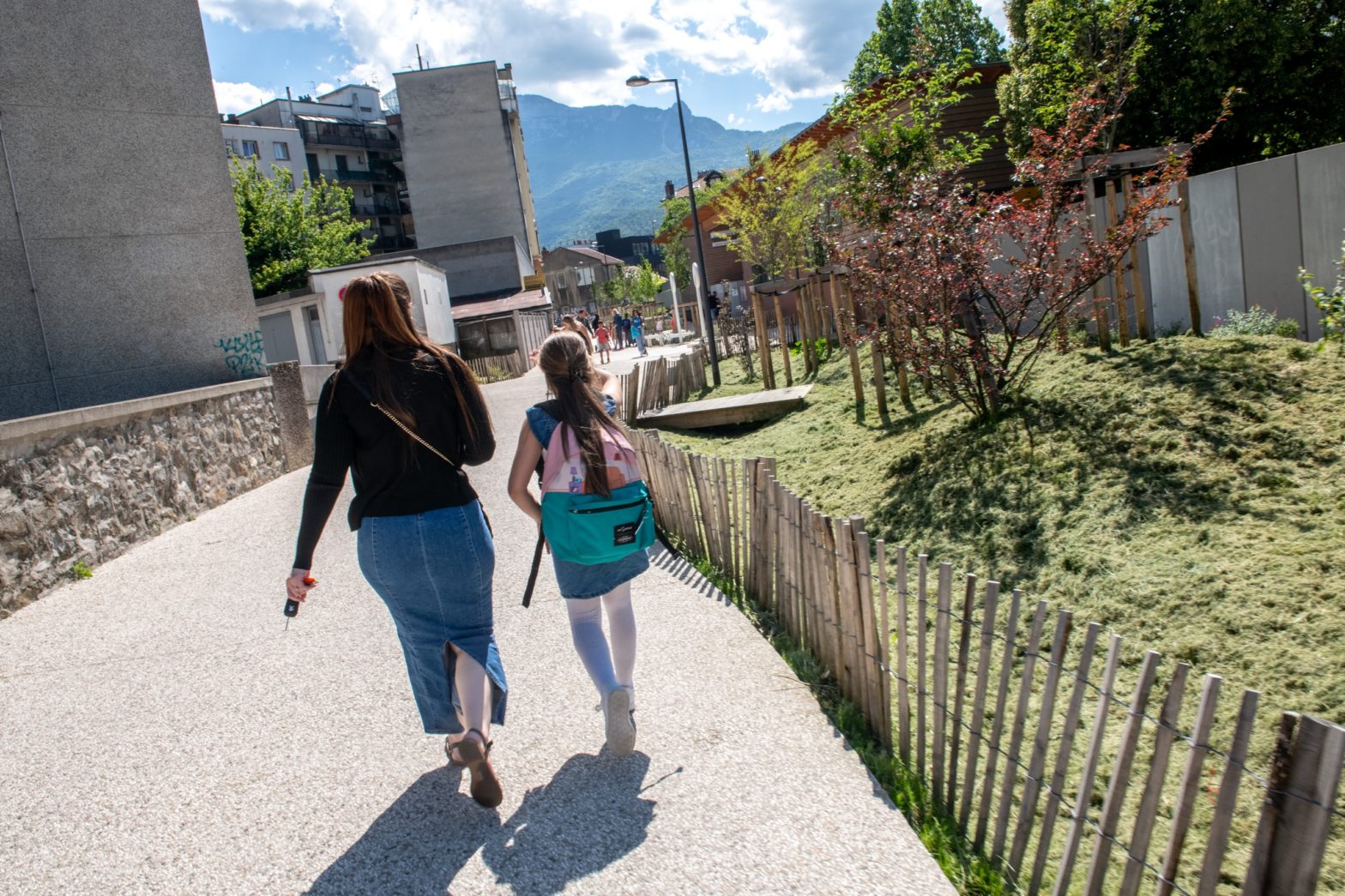
Photo: Planet Smart City
COVID-19 and the future of housing
15 November 2020
By Graziella Roccella, Chief Research and Product Design Officer, Planet Smart City
Earlier this year, COVID-19 swept across the globe. While the outbreak of the pandemic was quick, its dramatic impact on the way we work, live and socialise is likely to remain for generations to come – long beyond the time when the disease has been successfully contained.

With government-imposed limitations on travel, widespread temporary and permanent office closures and restricted retail and leisure offerings now commonplace, the home is arguably more important than ever before. These changes to everyday life are pushing the housing industry to take a step back and ask whether current approaches and methodologies are still fit for purpose, and what the future holds for the way we all live.
There are various shifts in customer trends that became visible almost immediately after the onset of the pandemic, including an increased demand for light, airy spaces and both private and accessible public outdoor areas. This will require the industry to look at the design of homes to identify how we can plan and build to help generate more light throughout the day. Balconies, large open windows and foldable doors allow the outside in and provide significant benefits to residents’ mental and physical wellbeing.
Changing rooms
It’s likely that changes in how we live and work will impact how we use the space we have as well as shifting the type of space we want. Our environments are now multipurpose as we are required to adapt them to suit changing day-to-day behaviours.
Bedrooms have become break-out-rooms for calls as well as spaces to relax and unwind; kitchens have become home office or study spaces as well as areas to cook and eat; and living rooms are all of the above. We expect this shift towards multi-use to continue as more employers around the world encourage homeworking.
It is likely that this will have a significant impact on the home furniture industry, creating a surge in ‘adaptable’ furniture that minimises or folds away to allow previously allocated spaces to become new areas that can support a homeowner’s lifestyle around the clock.
The adaptability of the flat around the day and night cycle has always been an important topic for architects. Architecture must innovate by interpreting the tensions between the unexpressed needs of society (demand) and the existing supply in the construction world. This should be informed by analysing emerging social trends like ageing populations and changing family dynamics to find new solutions that become opportunities for evolution.
Services
Most importantly, this period has reaffirmed the crucial role of services within the design of smart cities, developments and districts. The lockdown restricted movement from place to place and meant that those with access to an on-site gym, shops and communal spaces significantly benefitted in comparison to those who rely on public transportation to access their preferred day-to-day services. The ethos of location being a crucial component in the decision-making process of owning a home is one that will continue to be important but there will be a greater emphasis on easy access to services.
The proposed ’15-minute city’ plan in Paris is another example of this. Having access to grocery shops, parks, cafes, sports facilities, health centres, schools and workplaces within a 15-minute walk or cycle ride away provides immense benefits to individual residents and helps drive community cohesion. As more people mix within a smaller area, local residents, key workers and business-owners develop deeper social connections, which create a supportive, safe and vibrant society.
The pandemic highlighted that this is, by far, what residents are looking for in a home. Over the past seven months we have all seen and experienced countless examples from around the world where we stopped, listened and supported our neighbours and the most vulnerable in our societies. This community spirit will be crucial for homeowners in the years ahead, and more will be done from a developer perspective to encourage this.
As current restrictions push us to live further apart, I believe that this period has highlighted how important combining affordability with innovative solutions is within a framework of community creation.







